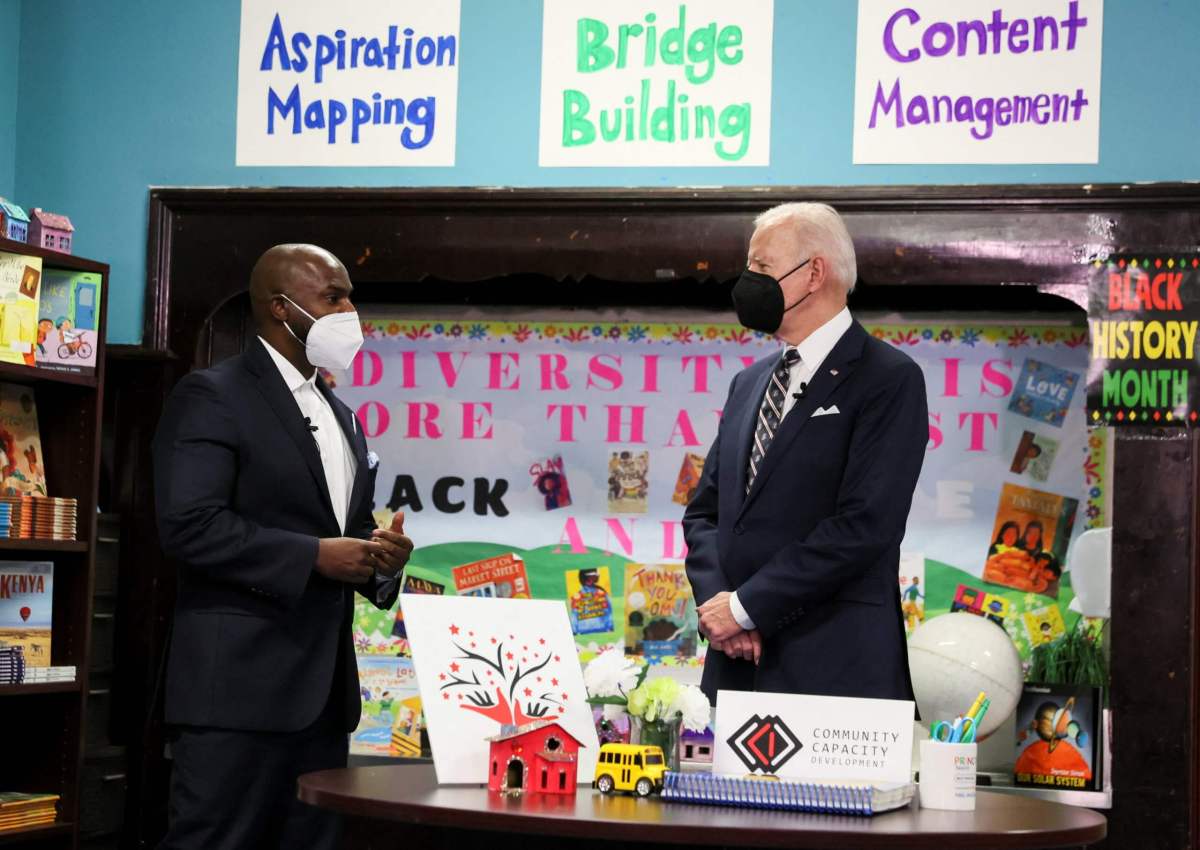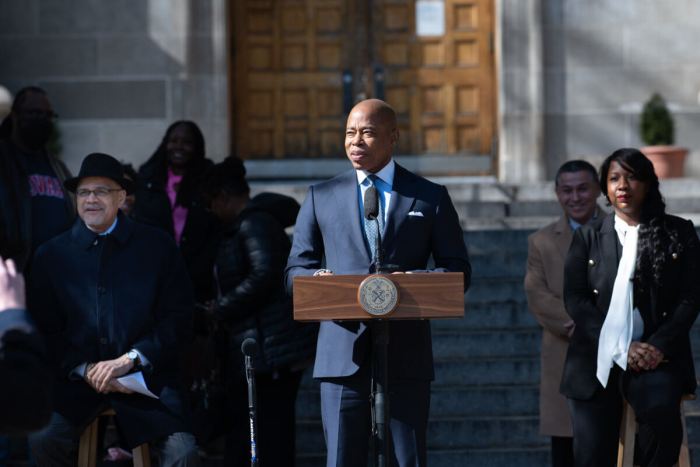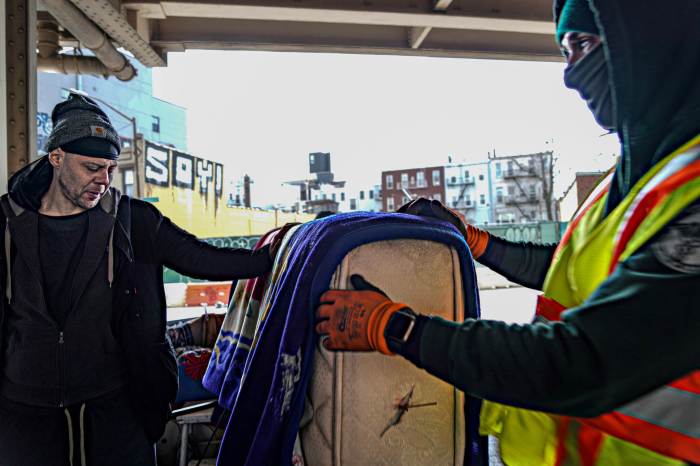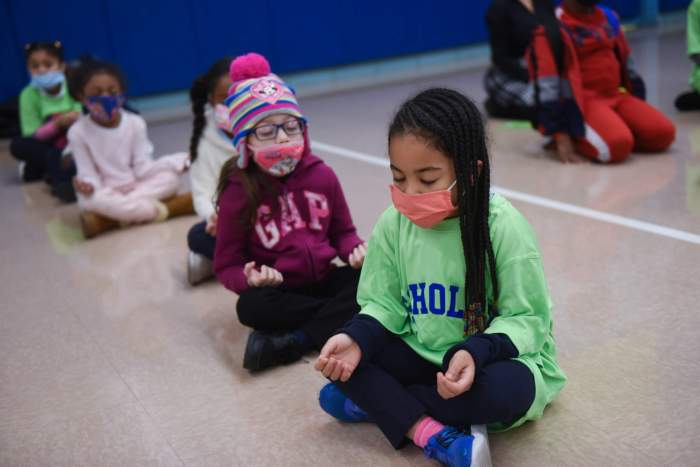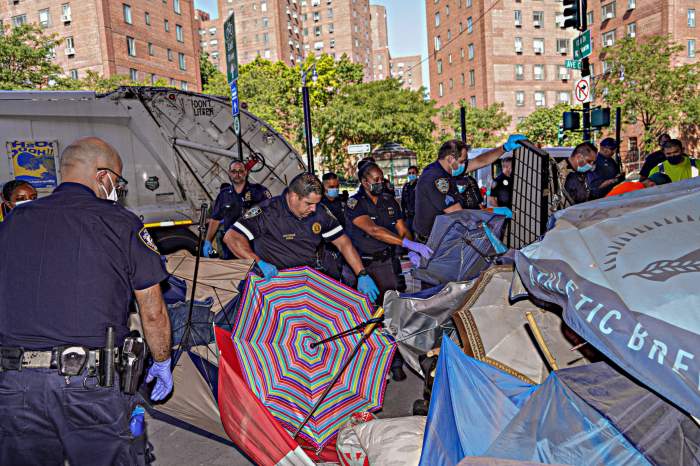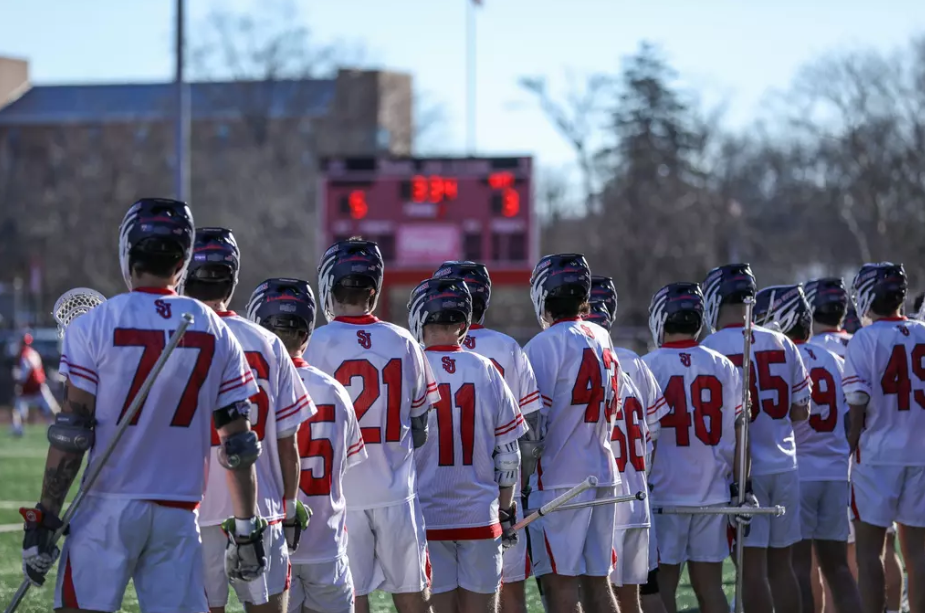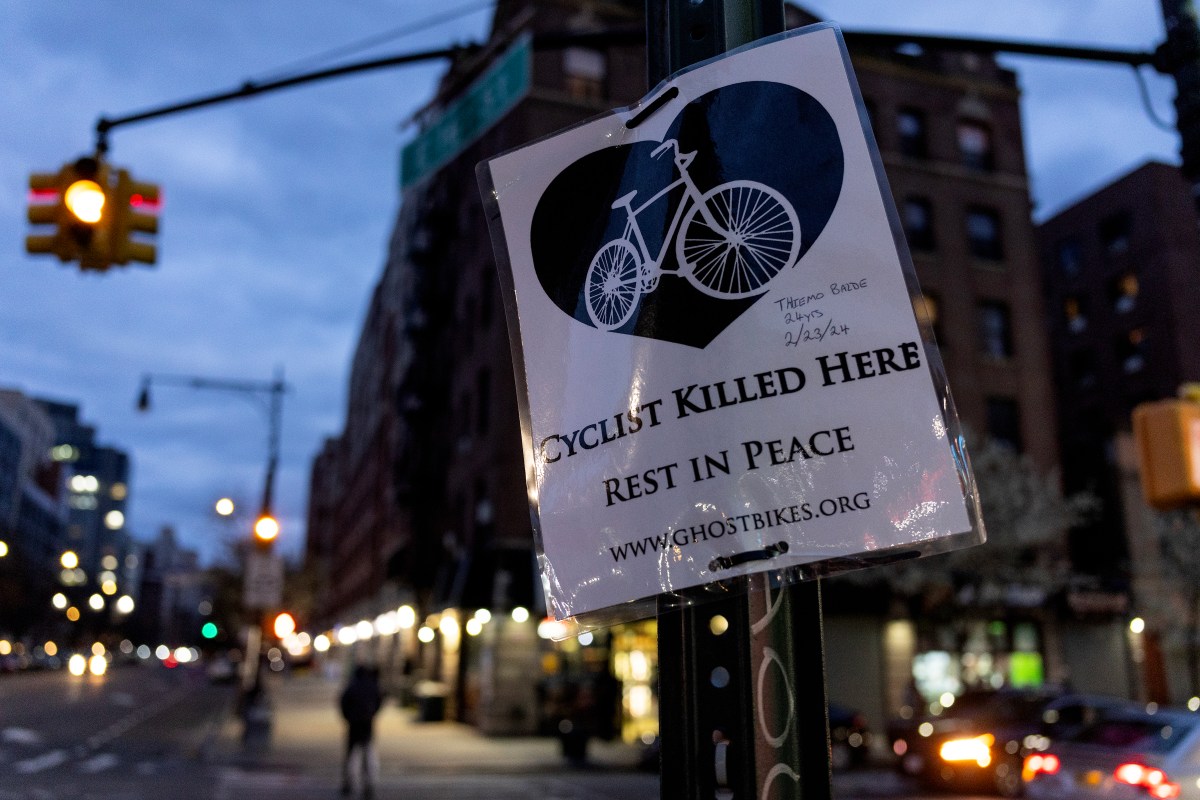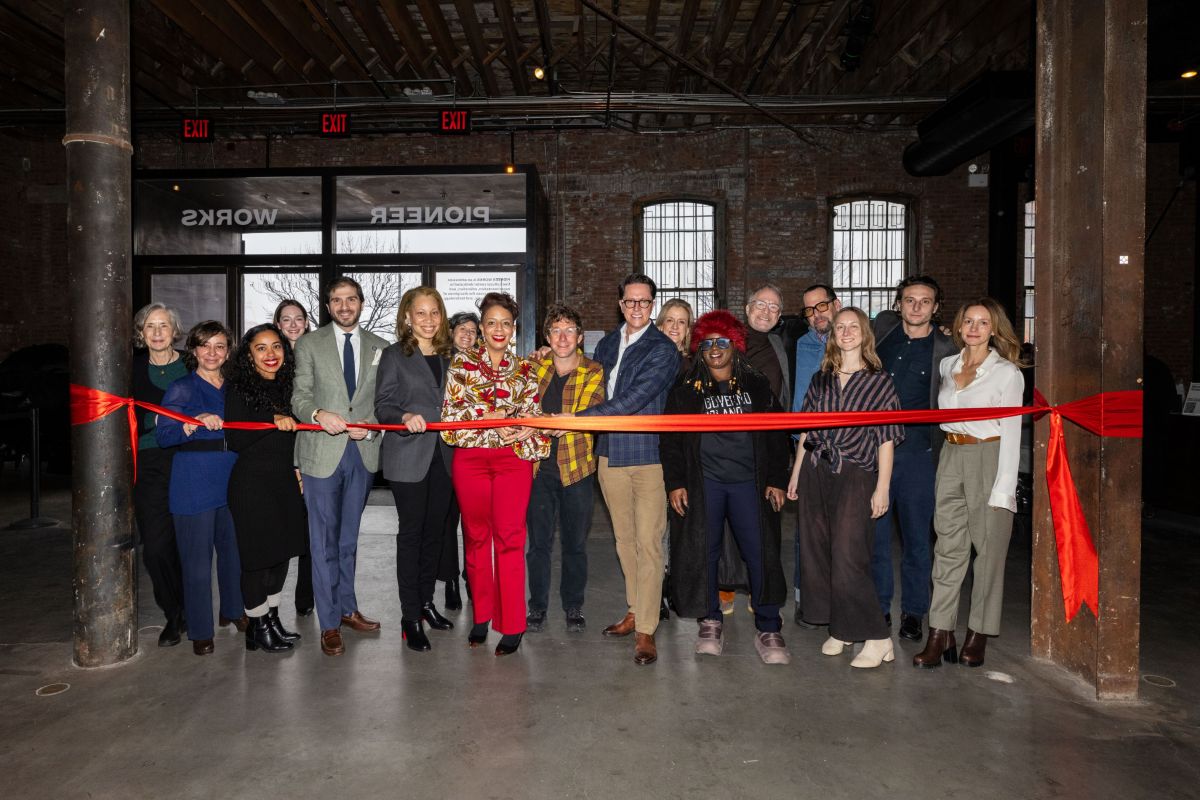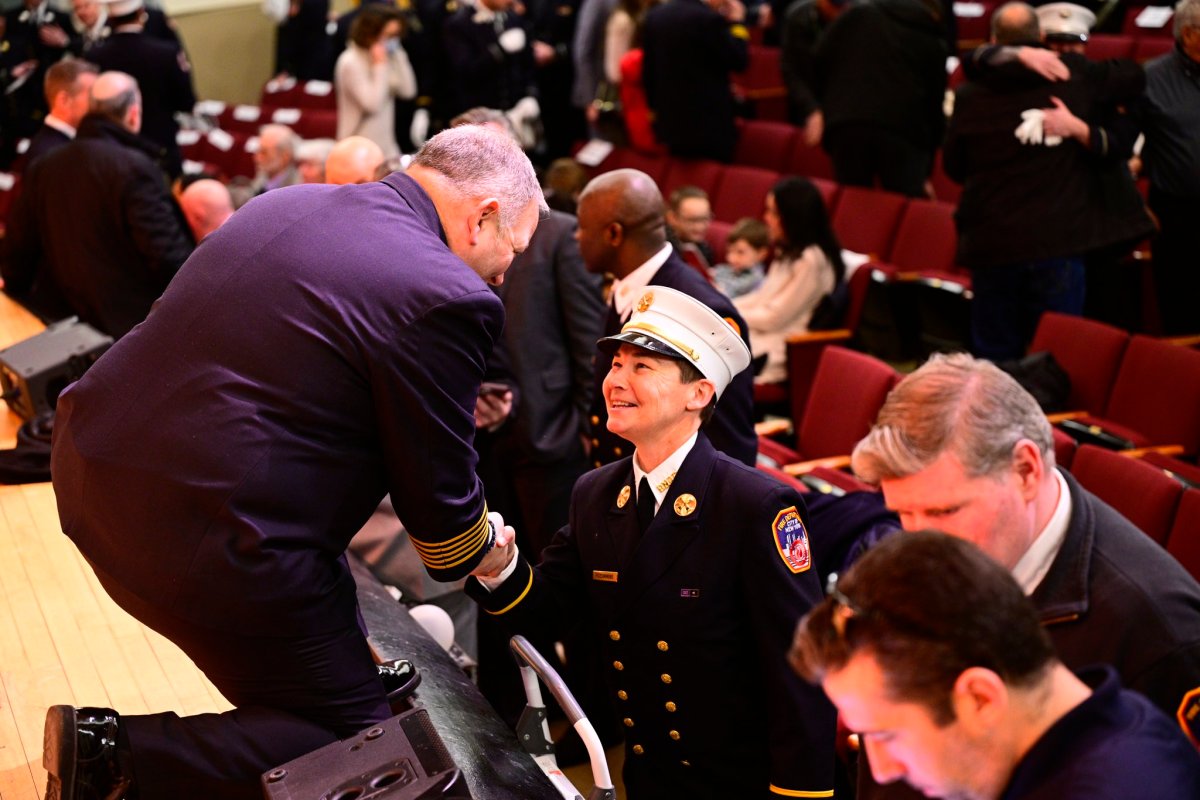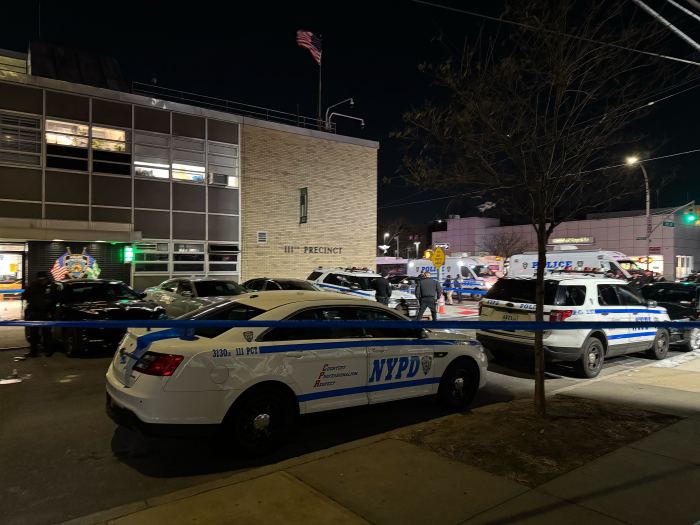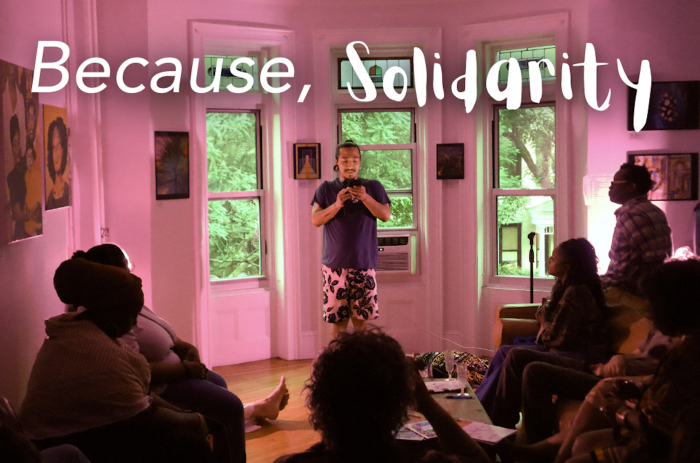With the recent barrage of gun crimes across New York City, leaders and advocates are supplementing NYPD crime-fighting efforts with alternative methods to prevent gun violence from occurring.
At the same time, these community organizers are also advocating for more investment in social services to help keep all New Yorkers away from a life of crime and improve their lives.
Among the most active of these organizers are violence interrupters, community members who — because of previous experiences or affiliations with gangs or violence — are able to retain the ability to reach out to members of the community who are beginning to or are at risk of engaging in gun violence.
Cure Violence was originally founded in 1995 and works to utilize the personal contacts and skills of hired violence interrupters to detect potential shooting events and stop harm from occurring. Cure Violence was also the first organization to successfully solidify the model of community-based violence interrupters.
In New York City, there are four Cure Violence centers – two in the Bronx and two in both the Crown Heights and Bed-Stuy neighborhoods of Brooklyn. These centers work to de-escalate violence before it occurs, as well as offer at-risk individuals alternative opportunities rather than joining a gang or engaging in crime.
“There are really three roles that our violence disruptors play,” said James Brodick, the Director of Community Development and Crime Prevention at the Center of Court Innovation in an interview with amNew York on June 8. “They diffuse conflict within real time as they are hearing about it and offering in the street mediation. Then unfortunately after a shooting happens we work very closely with the victim and their families to make sure that they are getting the support that is needed but also to ensure that there is no retaliation, and then we are also trying to bring awareness to our communities around the impacts of gun violence.”
Evidence suggests the Cure Violence methodology is effective, and in NYC locations where the method is employed, shootings have decreased by 63%. Other forms of violence interruption are also working, with participants in the Crisis Management System (CMS) showing an average 40% reduction across program areas.
Further data shows that violence interruption would actually be more cost-effective than traditional policing methods as well, with every dollar invested in Cure Violence programs saving cities upwards of $18.
Following the devastation of the COVID-19 pandemic, other groups looked at treating gun violence like a public health crisis – by looking at where gun violence occurs, plotting the data and monitoring for spread.
“If you think about it like if there was a contagious disease, all of the aspects of prevention are also applicable to gun violence,” said Amy C.Wilkerson, a licensed social worker and Vice President of School and Youth Programs at Sheltering Arms – another violence disruptor group – during an interview with amNewYork Metro. “They say if you take the way that gun violence spreads and you plot it, it looks and mimics the way that a disease would spread in a community. Cure Violence [and those methodologies] uses the same public health approaches to reduce the spread of gun violence.”
Gun violence is currently the leading cause of premature death in the United States, killing 38,000 people per year and injuring 85,000. By using the same steps used in the COVID-19 pandemic to minimize spread and infection, gun violence could similarly be prevented and reduced.
In response to the uptick in gun crimes in NYC, Mayor Eric Adams recently appointed the city’s first ever “gun violence czar”, and selected Andre T. Mitchell – founder of Man Up, an organization dedicated to eliminating gun violence in communities – for the position.
Moving forward Mayor Adams will adopt what he calls a “holistic approach” to gun violence, using crisis management teams to fight violence as well as police intervention and preventing gun violence by investing in communities.
“We see the profile of those who are committing crimes in our city, foster care, drop out of foster care without support, homeless without support, dropping out of school without support, dyslexia without support,” said Mayor Adams in an interview on June 13. “All of those elements that are feeding the crime in our city, by having someone like A.T. Mitchell and other Crisis Management Teams coordinating with all of our city agencies, HRA, DOE, NYPD, this is a unique way of having talent on the ground, doing what they do, coordinating with the resources of the city so we can prevent and deal with those who are committing crimes now in our city.”
Mitchell also agrees with this approach and will be working alongside Deputy Sheena Wright as co-chairs of the Gun Violence Prevention Task Force.
“Part of it is by being able to sit alongside the mayor and the other high level officials here at the table, talking about the solutions that can be actually used in those neighborhoods where the unfortunate gun violence is taking place,” said Mitchell in the same June 13 interview. “Our goal is to get to them before they actually begin shooting and that’s what we look to do going forward.”
While Mitchell has been relatively quiet about the direct actions he will be taking to combat violence in the city, what he has spoken about seems to indicate he is at least familiar with violence interruption.
Investing in programs like the Summer Youth Employment Program (SYEP) and after-school programs would give young people who may be at risk for engaging in gun violence or gang activity an opportunity to learn and work instead of falling victim to crime.
“Once they’re identified [to be at risk], we try to flip it on its head and say ‘okay, how do we engage them both in opportunities and also being trained in another skill set that can help solve a public safety issue?’” said James Brodick to amNew York. “The whole idea is that while they are being trained in a certain skill, their return on investment is that they will actually help us try to work towards solving a community issue.”
Mayor Adams echoed this sentiment: “We’re going to give them the skills and training because if they have a hammer in their hand, they won’t have a gun in their hand.”



